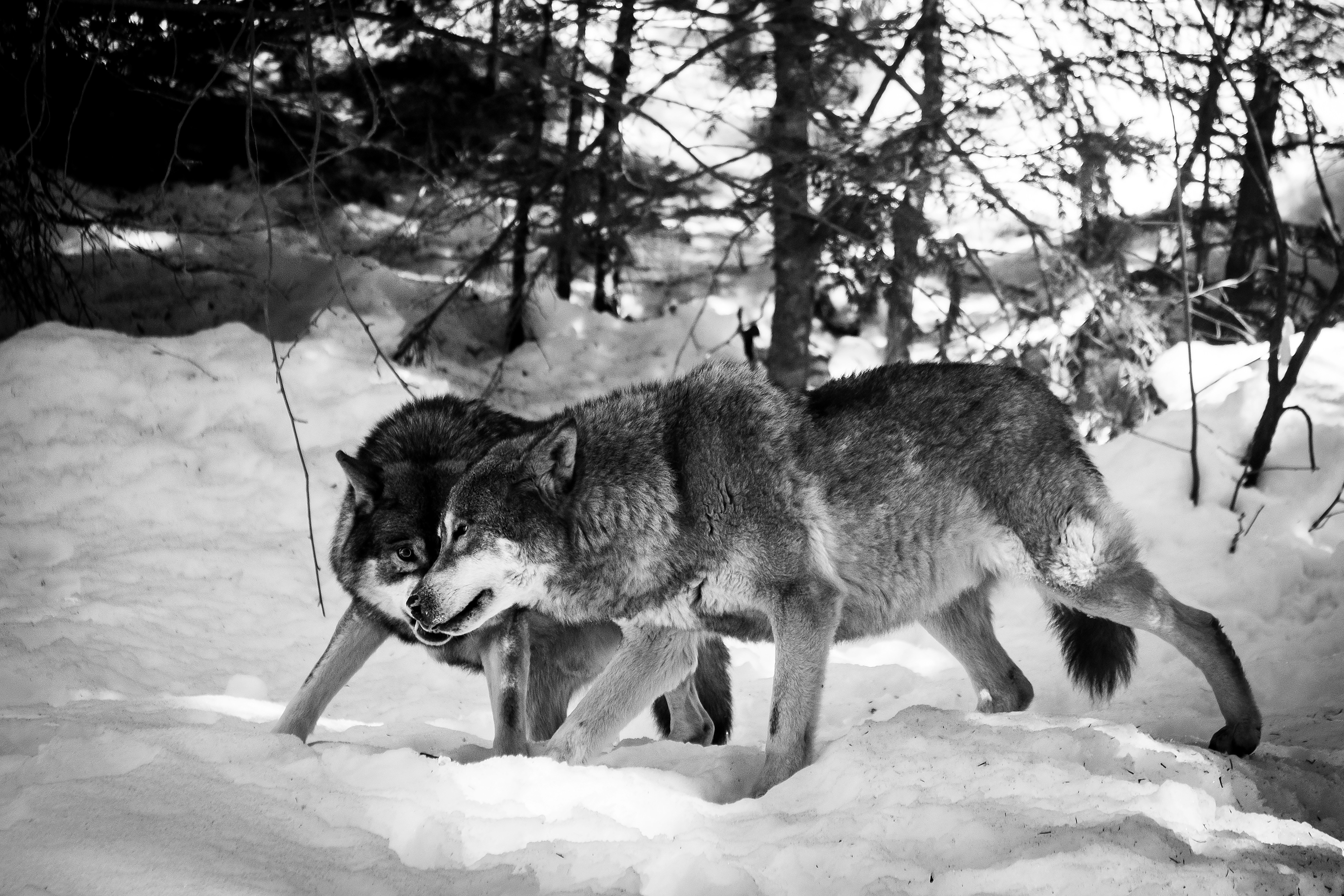The Social Structure of Wolf Packs

Category: Mammals | June 7, 2025
Wolves have long captured human imagination as symbols of wilderness, strength, and cunning. But beyond their fearsome reputation lies a creature deeply bound to its family. Wolf packs are not random groups of animals—they are intricate social units built on trust, communication, and clear roles. Understanding the structure of a wolf pack reveals not just how they hunt, but how they live, raise their young, and survive in often unforgiving landscapes.
At the heart of every pack is a breeding pair—once called the “alpha” male and female, though modern science prefers terms like “breeding pair” or simply “parents,” recognizing the pack for what it is: a family. These two wolves lead the group and are usually the only ones to reproduce, but their leadership is based less on dominance and more on experience, stability, and the ability to guide and protect the pack.
Pack sizes can vary, but typically include five to ten individuals: the breeding pair, their current offspring, and sometimes older siblings from previous litters. These older pups play critical roles in caring for the young, defending territory, and assisting on hunts. In this way, wolf packs are cooperative units, where every member contributes to the group's success.
Communication is key to the pack’s cohesion. Wolves use a combination of vocalizations—howls, barks, whines, and growls—as well as body language and scent marking to express everything from joy and affection to warning and submission. A howl can rally the pack or warn rivals away, while a simple tail position can convey confidence or respect.
Hunting is a team effort. Wolves often work together to pursue large prey such as deer, elk, or bison. Success depends on their ability to strategize and rely on one another—some wolves driving the prey, others flanking or blocking escape routes. After a kill, food is shared among the group, with pups and nursing mothers often eating first.
Contrary to popular belief, aggression within packs is rare. Most conflicts are resolved through subtle signals, avoiding the need for violence. The goal of the hierarchy is not to intimidate, but to maintain peace and ensure the group functions as a cohesive whole.
Wolves’ loyalty to one another is profound. They grieve lost pack members, protect the injured, and stay close even in harsh winters or food shortages. Pups are cherished, taught, and defended with fierce devotion. The pack is a sanctuary—one forged not by dominance alone, but by deep social bonds and shared purpose.
To observe a wolf pack is to witness family in its rawest, wildest form. It is a reminder that survival in nature often depends not on the strength of the individual, but on the unity of the group.
🌴 Jungle Chatter
Most popular reactions:
No reactions yet.